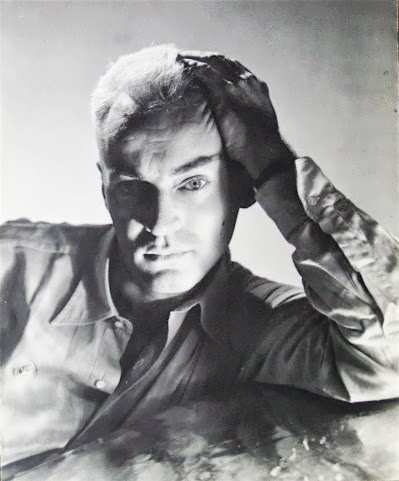 Henry Ford Hospital (The Flying Bed), Frida Kahlo, 1932. It was Kahlo’s first painting on tin
Henry Ford Hospital (The Flying Bed), Frida Kahlo, 1932. It was Kahlo’s first painting on tin
On July 4th, 1932, Frida Kahlo suffered a miscarriage in the Henry Ford Hospital in Detroit. In this disturbing work, Kahlo paints herself lying on her back in a hospital bed after a miscarriage. The figure in the painting is unclothed, the sheets beneath her are bloody, and a large tear falls from her left eye. The bed and its sad inhabitant float in an abstract space circled by six images relating to the miscarriage. All of the images are tied to blood-red filaments that she holds against her stomach as if they were umbilical cords. The main image is a perfectly formed male fetus, little “Dieguito”, she had longed to have. The orchid was a gift from Diego Rivera. “When I painted I had the idea of a sexual thing mixed with the sentimental” Frida said. The snail she said alludes to the slow paced miscarriage. The salmon pink plaster female torso she said was her “idea of explaining the insides of a woman”. The cruel looking machine she invented “to explain the mechanical part of the whole business”. Finally, in the lower right corner is her fractured pelvis that made it impossible for her to have children.
In November 1938, this painting was shown at Kahlo’s first solo exhibition at the Julien Levy Gallery in New York City. It was shown with the title: The Lost desire.













